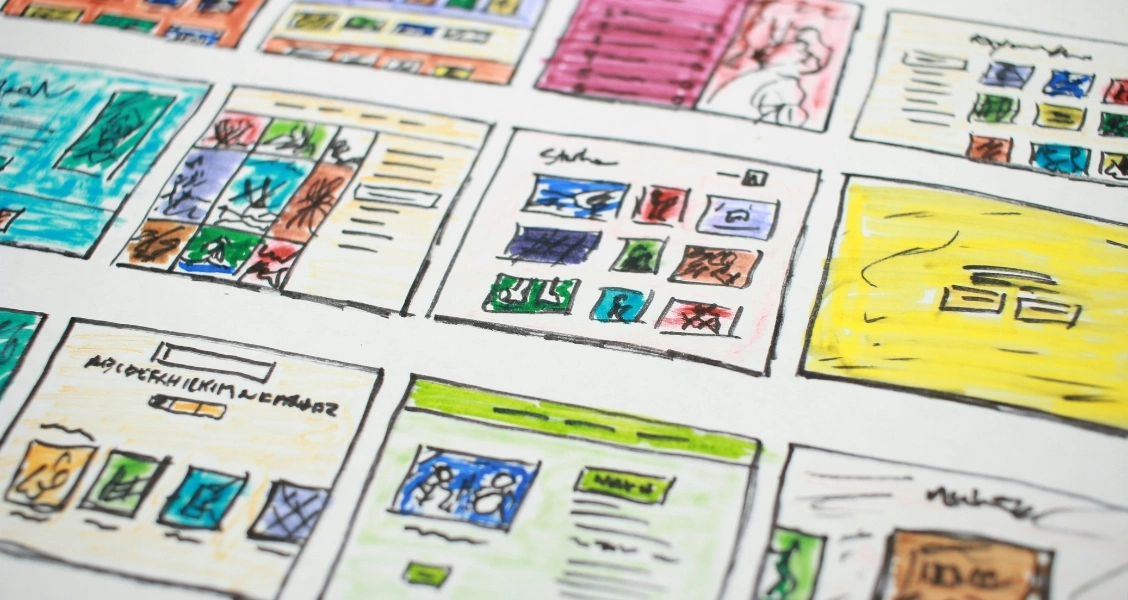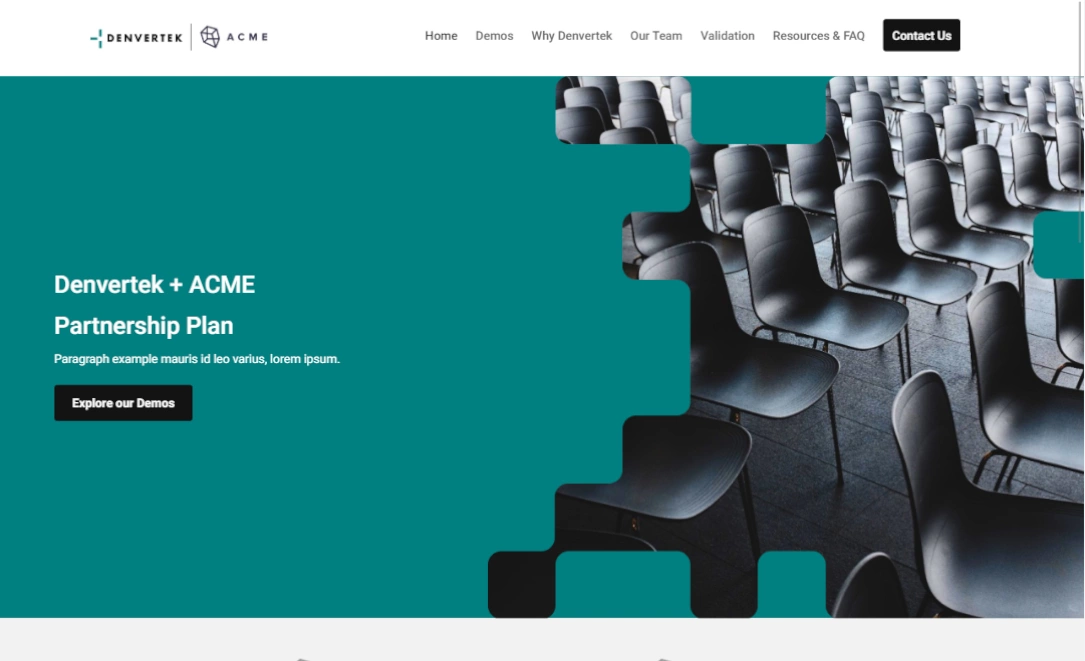These days, the way we do business is changing. Remote work is the new normal. And even the way in which businesses exchange information and hire candidates is vastly different than it was just a few years ago.
Considering how rapidly the way consumers exchange and share information has changed over the past decade, this change, in the corporate setting, is long overdue.
Whereas for years consumers have been uploading content to YouTube, sharing photos over Instagram, and using social media to keep one another updated with text, audio, and video, in the corporate world email and static documents such as text files and Powerpoints have stubbornly remained the gold standard.
The problems with static content
Let’s call a spade a spade here. Walls of text and lengthy presentation “decks” are, by and large, an uninspiring format in which to present even the most compelling information. They also have some major drawbacks and are not optimized for today’s fast-moving business environment. Files transmitted as email attachments are static — which means that they don’t change between updates on the sender’s side. They don’t offer readers an experience other than the ones which they can conceive in their minds.
In other words, the gold standards for corporate communication doesn’t really glisten. At Zoomforth, we think that an update is long overdue.
The problem, you see, is that businesspeople are just regular consumers on the clock. These days, they want — and demand — more: rich and dynamic experiences than those which they have been getting from potential hirers and suppliers. They want experiences that mimic those they are used to receiving in their off hours when browsing Instagram and getting updates from their friends on Facebook.
This holds true for all generations but particularly when Gen Zers and millennials are in the purchasing seat. These demographics already constitute a large percentage of those in senior buying roles. And these are the personas which many in the selling seat need to reach.
Cookie cutter resources don’t cut it
Additionally, modern businesses are diverse —particularly those at scale. Complex buying processes often entail liaising with colleagues in several different offices around the world. Monolithic, static Powerpoints and text files do not account for these differences well. In many respects, and for a large time already, the Powerpoint and Word file paradigm has been broken.
All these problems have become more pressing due to the advent of the coronavirus. In-person face-to-face pitching has been dramatically curtailed or is on indefinite pause. Firms are rushing to grapple with a question that has been years in the forming: how can they offer engaging communication experiences for modern buyers? Experiences which can cater for non-homogenous groups of recipients and which can tell their story in a more compelling way than a wall of text could.
Enter: richer, dynamic content experiences
Corporate communications, without question, are often lackluster and fail to inspire buying audiences or adequately capture the sender’s message. In order to reach customers more effectively without the ability to meet face to face, sellers need to communicate in more engaging ways.
Additionally, optimal content experiences:
- Should make it easy to roll out multiple versions of a core of content in order to engage, as effectively as possible, with multiple stakeholders on the buying team.
- Content should ideally be dynamic so that it can be changed on an ongoing basis without having to send it again after every update.
- Content experiences should use the full range of communication tools available in the consumer world. For instance, they should be capable of utilizing video and audio.
There is a simple way of delivering this information — through websites — but it’s typically been hard for non-experts to assemble this information. Websites are also more commonly built with a general readership in mind and not commonly used for individualized account based marketing (ABM). But that needn’t be the case.
What is a microsite?
Microsite platforms, such as Zoomforth, attempt to solve that problem.
Microsite builders:
- Are designed to make it easy to create miniature websites for one off uses (such as RFP responses or offer packages for prospective hires)
- Support various authentication options, including federated authentication and domain-wide login. This requirement addresses the needs of users that want to put together resources that are not supposed to be public-facing but which should be accessible by anybody which has an organizational email address. Under this security model, only somebody with an address at the target company can access the microsite.
- Allow users to design websites containing text, audio, videos and other materials. Microsites are miniature websites. So anything that can be included in a traditional website, like embedded video, can be included in a microsite.
Additionally, microsites:
- Can be populated with dynamic information feeds such as stock prices and real time news updates
- Can be updated continuously
- Can be easily worked upon in a collaborative manner. This is a great advantage for instances in which multiple stakeholders are involved in the creation of these assets.
Those building microsites can also roll out several versions customized to the needs of recipients in different geographies. Personalization can be used extensively to present users with prescient and highly relevant information specific to them.
Microsites bridge the remote gap
Microsites allow selling teams and enterprise communicators to put together a far more compelling content experience than would be possible by simply sending text. Individualized and richer content is more engaging for recipients. For sellers it allows them more extensive options for collaborative design and publishing. Microsites can be leveraged to help selling teams bridge the communication divide that the lack of in person meetings and presentations has created.
To book a demo or contact us to find out more about the Zoomforth platform visit Zoomforth.com.
Create interactive, trackable and secure sales proposals with Zoomforth.



